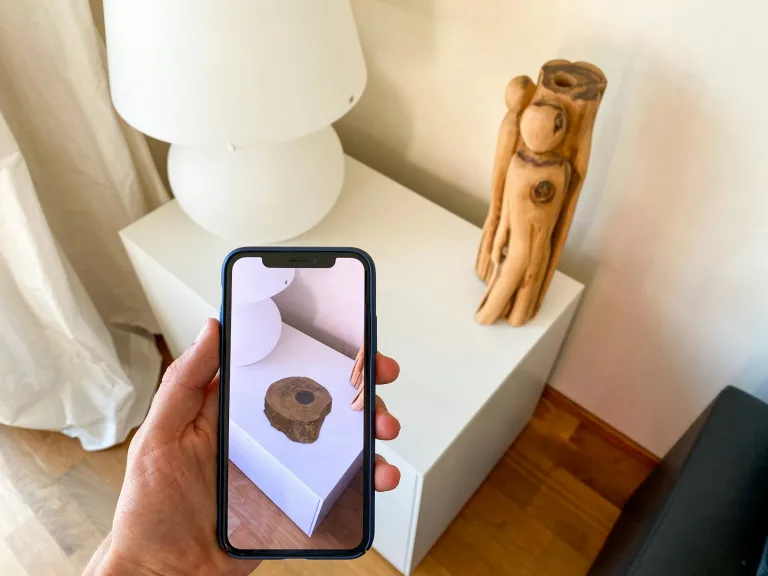The Influence of Virtual Reality
The Influence of Virtual Reality
Virtual Reality (VR) has transformed almost every aspect of life within a short period. As the technology has grown, so too has its influence across different industries. Understanding the full scope of VR and its impact can help us adapt to the changes it brings.
The Evolution of Virtual Reality
Virtual Reality first came into the picture during the mid-20th Century, but only started gaining momentum in the 21st century. From bulky headsets to slim, streamlined devices we see today, VR technology has come a long way in terms of design and functionality.
Impact of VR on Various Industries
Virtual Reality has affected a multitude of sectors. Here’s a closer look at its influence:
- Education – Practical experience has always been touted as the best way to learn. VR can bring any topic to life, making learning more engaging and interactive. This aids in knowledge retention, enhancing the overall education system.
- Healthcare – VR is being used for surgeries, pain management, mental health therapies, and rehabilitation. It has also been instrumental in training doctors and nurses, equipping them with crucial skills without physical patient interaction.
- Gaming – One of the earliest adopters of VR, the gaming industry has utilised it to create immersive, lifelike experiences that increase entertainment value.
- Real Estate – Professionals can now showcase properties virtually, allowing prospective buyers to take virtual tours of properties without leaving their homes. This saves substantial time and resources on both ends.
- Automotive – VR is used in the design and testing phase of vehicles, contributing to safer and efficient automobiles.
Virtual Reality and Its Future Impact
While we’ve seen rapid advancements, VR technology is still in its developmental stage. Its potential impact in the future is enormous and far-reaching, promising to alter various other industries and aspects of society. It will undoubtedly play a key role in shaping the future of digital interfacing, 3D modeling, simulation, and much more.
Conclusion
The influence of Virtual Reality is pervasive and beneficial, transforming the world in astonishing ways. As we continue to advance and refine this technology, one thing is clear: VR holds much promise for the future, and embracing and maximising its capabilities can open up limitless opportunities.






